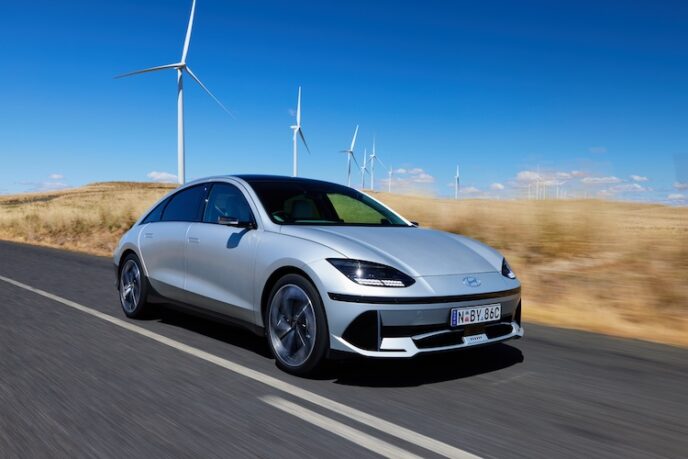Fringe benefit tax (FBT) exemption has been boosting EV uptake among everyday Australians living in outer suburbs and regional centres, allowing them to afford EVs they would not have bought otherwise.
So says the National Automotive Leasing and Salary Packaging Association (NALSPA), adding the latest novated lease postcode data shows the strongest uptake of battery electric vehicles (BEVs) and plug-in hybrid electric vehicles (PHEVs) through the EV FBT exemption is occurring mainly outside of inner cities.
Areas include Kellyville (2155), Riverstone (2765), Baulkham Hills (2153) and Gosford (2250) in New South Wales; Werribee (3030), Hoppers Crossing (3029), Cranbourne (3977 and Ballarat (3350) in Victoria; Springfield (4300), Karana Downs (4306), Toowoomba (4350) and Coomera (4209) in Queensland; Atwell (6164), Piara Waters (6112), Wanneroo (6065) and Ellenbrook (6069) in Western Australia; Weston (2611), Amaroo (2914), Latham (2615) and Calwell (2905) in the Australian Capital Territory; Happy Valley (5159), Coromandel Valley (5051)and Mount Barker (5251) in South Australia; Launceston (7250), Kingston (7050), Margate (7054) in Tasmania; Palmerston (830), Humpty Doo (836) and Howard Springs (835) in the Northern Terririoty.

“From Werribee to Wanneroo, ordinary Australians living in the outer suburbs are actually the people most likely to take advantage of and benefit from the discount to BEVs and PHEVs provided through the FBT exemption and novated leasing,” says NALSPA chief executive Rohan Martin.
“We’re also seeing strong pick up among workers living in regional centres including Ballarat and Toowoomba.
“The lazy stereotype of EV drivers as wealthy inner-city folk is being smashed as more motorists are purchasing electric vehicles thanks to the FBT exemption and a wider range of EV options.
“Owning and operating a car is one of the biggest household expenses for most families but removing the FBT on BEVs and PHEVs makes them more affordable and accessible,” says Martin.
“Given that there remain barriers to motorists considering EVs, without the FBT exemption in particular we would be reducing the opportunity for many ordinary working Australians to own a cleaner and more efficient vehicle that meets their transport and lifestyle needs.”
Martin reckons that through the FBT exemption and novated leasing, employees can typically save about $5000 annually or more.
“It means a $50,000 EV could cost around the same or less to own and operate over four years compared with a $30,000 petrol or diesel car.
“This policy is critical in getting many more everyday working Australians into an EV than would have otherwise been the case and is actively driving Australia’s journey to net zero,” says Martin, adding the tax exemption for PHEVs ends on April 1 next year while the FBT exemption for BEVs remains in place.
“Workers in the outer suburbs are benefiting from the savings of owning an electrified vehicle,” he says.
“They’re not only saving through the FBT exemption but also cutting long-term running costs including through rooftop solar for charging.
“Our research shows that many of the top postcodes with high uptake of the FBT exemption also have high solar panel density.”
Industry figures show PHEV sales are up 128% over the past year.
“Since July 2024 alone we estimate that novated leases have made up over half or more of PHEV passenger and PHEV SUV sales in the Australian market per month,” says Martin.
“We know that on average PHEV drivers use electric power only for two-thirds of their trip, and three in five recharge every night.”
Martin says the National Vehicle Efficiency Standard coming into effect next year is set to bring in even more efficient petrol and diesel cars for Australians to choose from.








